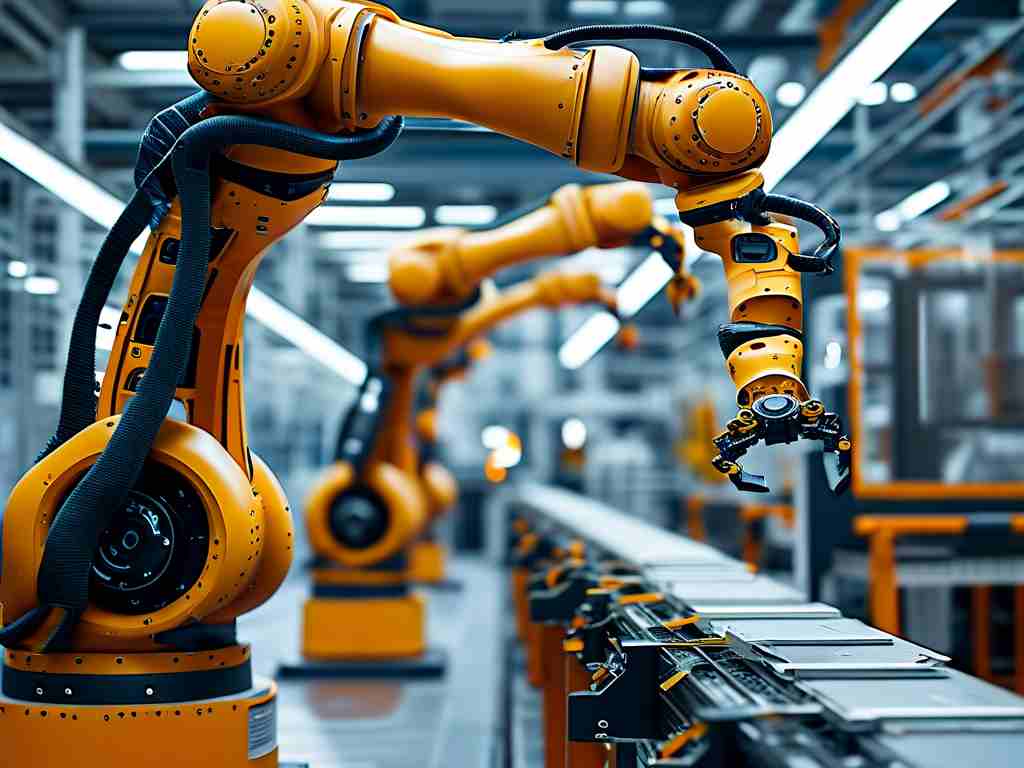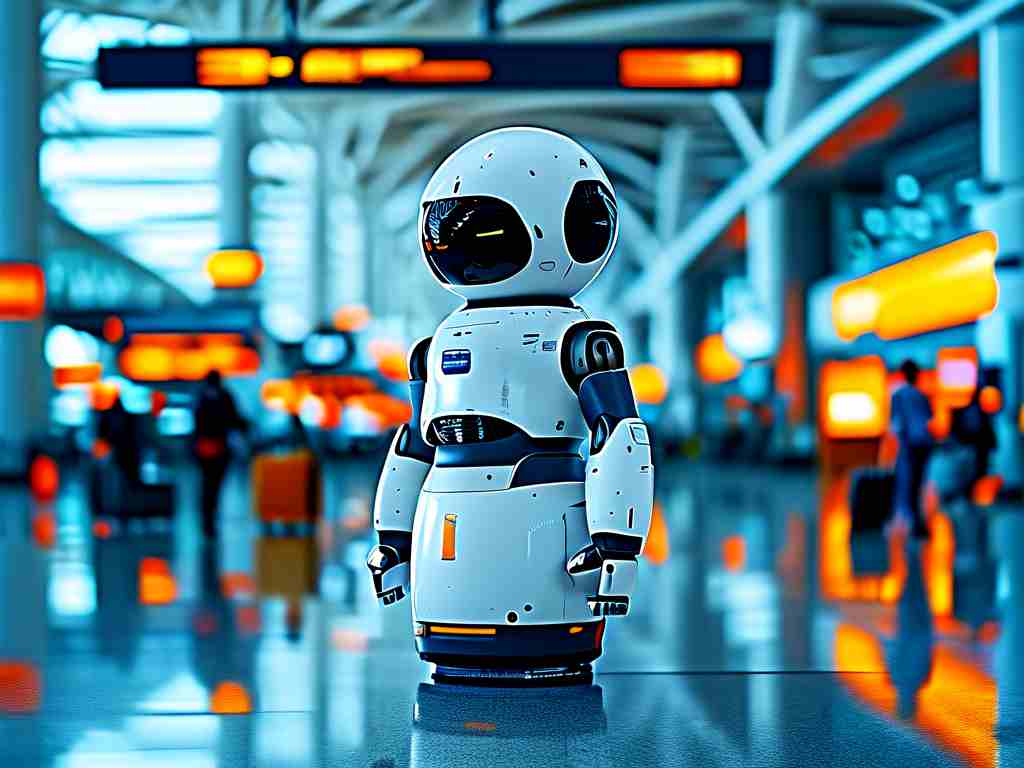The integration of robotics into agriculture has ushered in a new era of efficiency and sustainability. Among the most transformative innovations are smart spraying robots, which combine advanced sensing, artificial intelligence, and precision mechanics to optimize resource usage. This article explores the key technologies behind these robots and their impact on farming practices.

1. Sensing and Perception Systems
At the heart of smart spraying robots lies their ability to perceive and interpret environmental data. Multispectral cameras and LiDAR sensors enable real-time detection of crop health, soil moisture, and weed distribution. For instance, hyperspectral imaging can identify nutrient deficiencies in plants by analyzing light reflectance patterns, allowing targeted fertilizer application. Additionally, ultrasonic sensors help robots navigate uneven terrain while avoiding obstacles—a critical feature for field operations.
2. AI-Driven Decision-Making
Machine learning algorithms process the vast amounts of data collected by sensors to make instant decisions. Convolutional neural networks (CNNs) classify weeds from crops with over 95% accuracy, reducing herbicide use by up to 70%. Reinforcement learning models further optimize spray patterns based on weather forecasts and historical field data. A case study in California’s Central Valley demonstrated that AI-powered robots reduced chemical runoff by 40% compared to traditional methods.
3. Precision Spraying Mechanisms
Advanced actuation systems ensure chemicals are delivered precisely. Electrostatically charged nozzles, for example, generate droplets that adhere to plant surfaces even in windy conditions, minimizing waste. Variable-rate technology (VRT) adjusts spray volume dynamically, tailoring applications to specific crop needs. These mechanisms are often paired with GPS-guided path planning to avoid overlapping treatments, further conserving resources.
4. Energy Efficiency and Autonomy
Solar-powered batteries and low-energy processors extend operational hours while reducing carbon footprints. A prototype developed by AgriBot Inc. operates for 12 hours on a single charge, covering 50 acres daily. Swarm robotics—where multiple robots collaborate—enhances scalability. In a pilot project in Israel, a fleet of 10 robots managed a 500-acre vineyard autonomously, achieving a 30% reduction in water usage.
5. Challenges and Future Directions
Despite progress, challenges remain. Sensor accuracy under extreme weather, high initial costs, and regulatory hurdles for autonomous machinery are ongoing concerns. Researchers are exploring edge computing to reduce latency in data processing and blockchain for supply chain transparency. The next generation of robots may incorporate drone integration for aerial monitoring, creating a fully interconnected farm management system.
Smart spraying robots represent a convergence of cutting-edge technologies that address pressing agricultural challenges. By enhancing precision, reducing waste, and enabling data-driven farming, they pave the way for sustainable food production. As adoption grows, collaboration between engineers, agronomists, and policymakers will be essential to maximize their potential.









